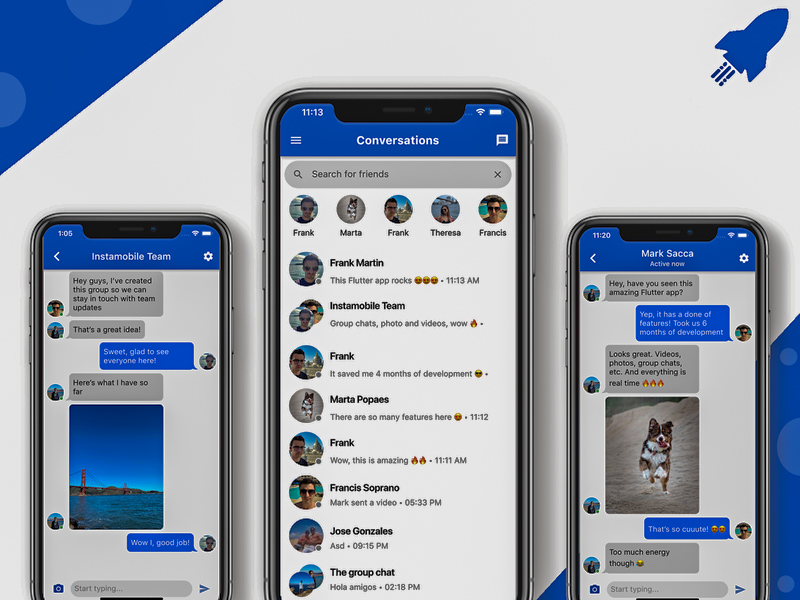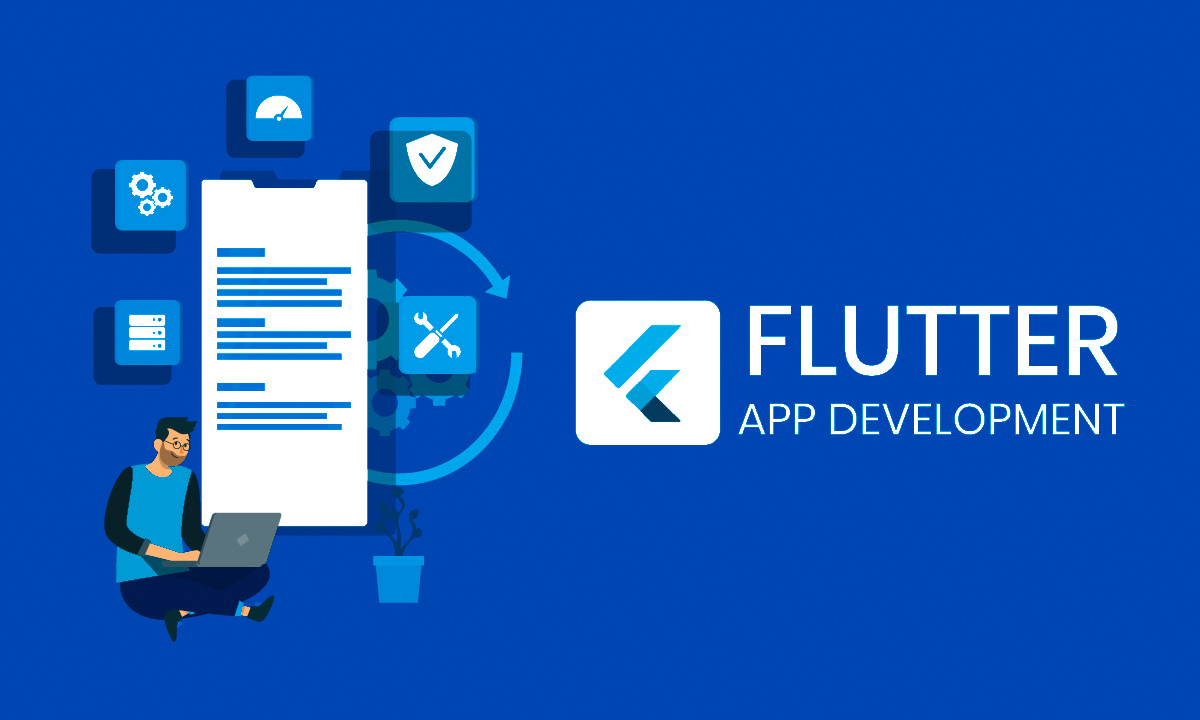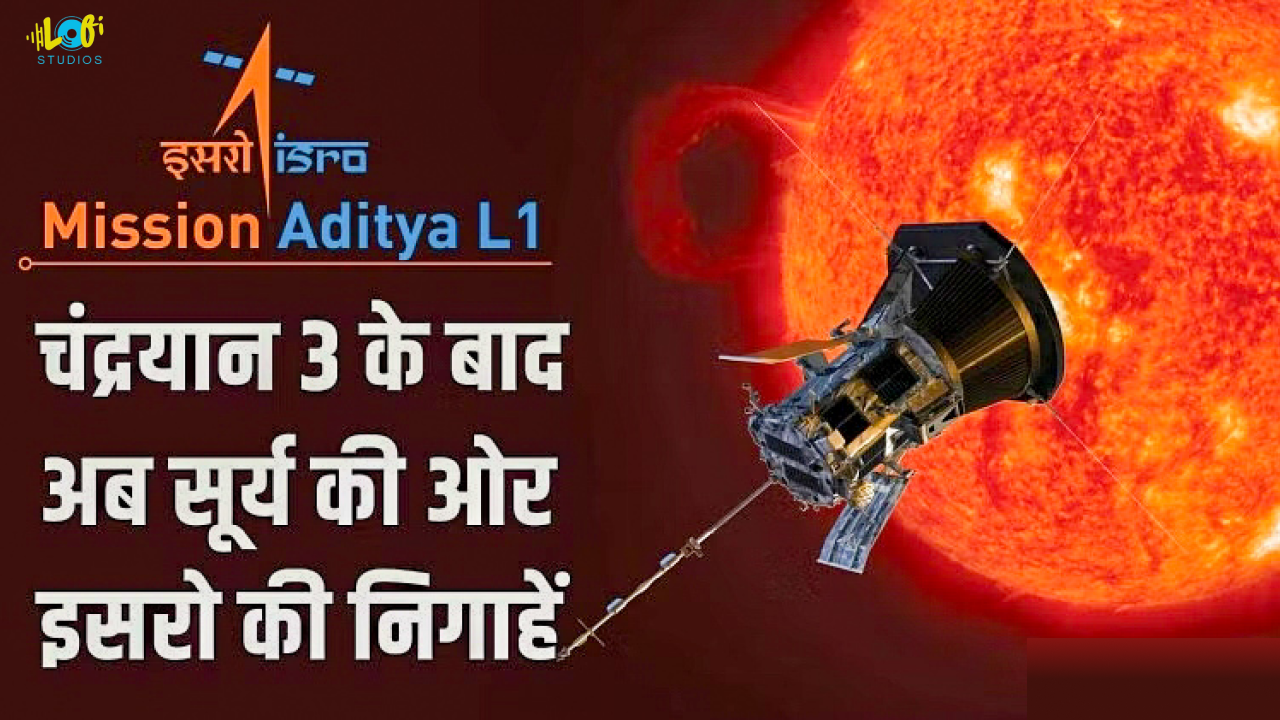Table of Contents

What Is Flutter development?
Flutter development and Flutter is an open-source UI software development kit (SDK) created by Google that allows Flutter developers to build natively compiled applications for mobile, web, and desktop platforms from a single codebase. It uses the Dart programming language and offers a rich set of pre-designed widgets and tools to create visually appealing and performant user interfaces. Flutter development has gained significant popularity due to its fast development cycle, cross-platform capabilities, and native-like performance. In this response, we will explore the key aspects and skills required for Flutter development.
Flutter offers several advantages that make it an attractive choice for mobile app development. Firstly, it enables developers to write code once and deploy it across multiple platforms, including iOS, Android, and even web and desktop. This cross-platform support reduces development time and effort, allowing for faster time-to-market. Secondly, Flutter provides a rich set of customizable UI widgets, making it easy to create visually appealing and responsive user interfaces. The framework also supports hot-reload, which allows developers to see the changes in real-time without restarting the app, enhancing the development experience.
To become proficient in Flutter development, there are several key skills and concepts that developers should master:
All About Flutter Development:
1. Dart Programming Language:
Flutter uses Dart as its programming language. Developers need to understand the language syntax, concepts, and features such as variables, data types, control flow, object-oriented programming, and asynchronous programming.
2. Flutter Widgets:
Widgets are the building blocks of Flutter applications. Developers should have a strong understanding of the different types of widgets available, such as layout widgets, input widgets, and material design widgets. They should also know how to compose widgets to create complex UI structures.
3. UI Design:
A good grasp of UI design principles is essential for creating visually appealing and user-friendly interfaces. Developers should be familiar with concepts such as layouts, typography, color schemes, and responsive design to create aesthetically pleasing apps.
4. State Management:
Flutter provides various options for managing application state. Developers should understand concepts like widget state, stateful and stateless widgets, and different state management approaches like Provider, Redux, and BLoC (Business Logic Component).
5. Networking and API Integration:
Many mobile apps require network communication and integration with web services. Developers should know how to make HTTP requests, handle responses, and parse data formats like JSON or XML. Familiarity with popular packages like Dio or Retrofit can streamline this process.
6. Persistence and Data Storage:
Understanding how to store and retrieve data locally is crucial for many applications. Developers should be familiar with Flutter’s options for persistent storage, such as SQLite databases or key-value stores like SharedPreferences.
7. Platform-specific Integration:
Although Flutter is cross-platform, there may be cases where platform-specific integrations are necessary. Developers should know how to access device features like camera, geolocation, or sensors using Flutter plugins or platform channels.
8. Testing and Debugging:
Proficient Flutter developers should be comfortable writing unit tests, widget tests, and integration tests to ensure the quality and stability of their applications. They should also be adept at using debugging tools and techniques to identify and resolve issues effectively.
9. Application Deployment:
Understanding the process of building and deploying Flutter applications is essential. Developers should know how to generate release builds, sign apps for distribution, and publish them to platforms like Google Play Store and Apple App Store.
10. Continuous Learning:
The field of mobile app development is continually evolving, and developers should stay updated with the latest trends, best practices, and new features introduced in Flutter. Active participation in the Flutter community, attending conferences, and exploring online resources can help developers expand their knowledge and skills.
Examples Of Flutter development:
1.

2.

Conclusion:
Flutter development offers a powerful framework for creating cross-platform mobile, web, and desktop applications. To excel in Flutter development, developers should have a solid understanding of the Dart programming language, Flutter widgets, UI design principles, state management, networking, persistence, testing, deployment, and a continuous learning mindset. By honing these skills, developers can build high-quality, visually appealing, and performant applications for a wide range of platforms.
Related Post:
What Is Android development? With Full Details.
What Is Backend web development? With Full Details.
What Is Web design? Full Details.
Best courses after 12th commerce with high salary ?
Top IT Companies In Surat: 5 IT Companies 2023 Near By You.




